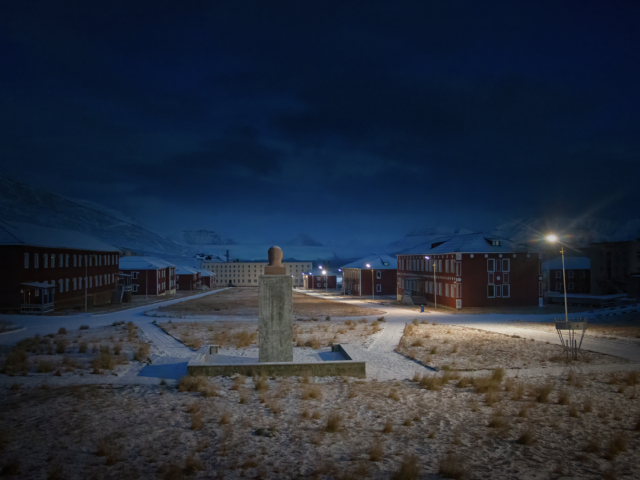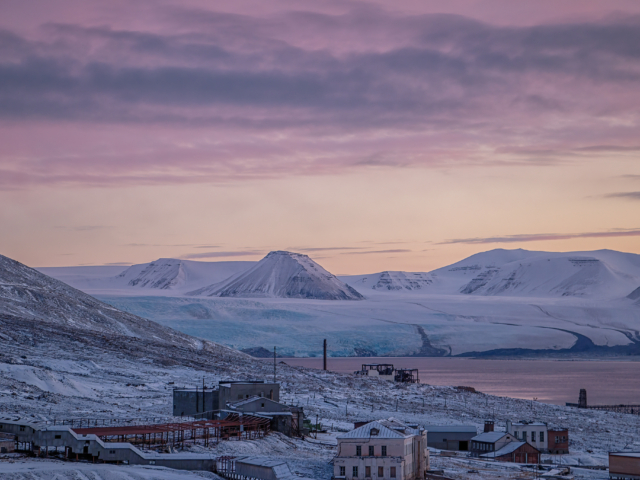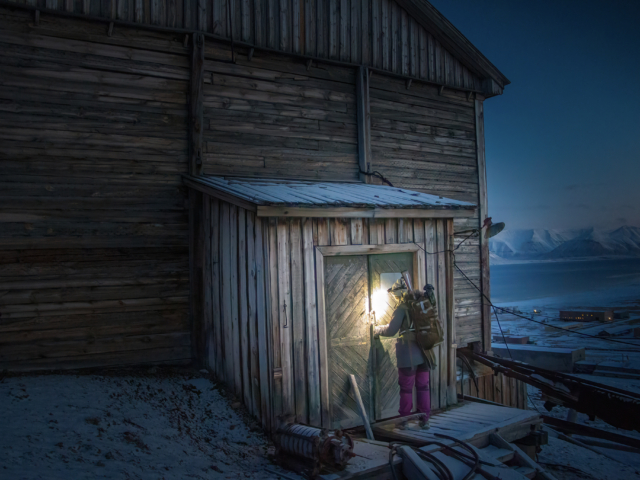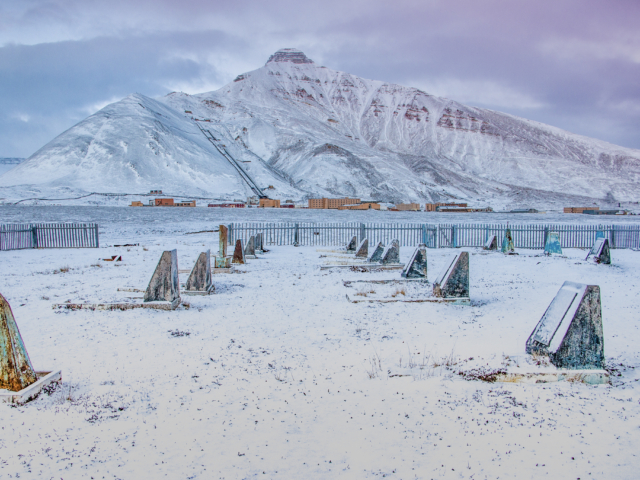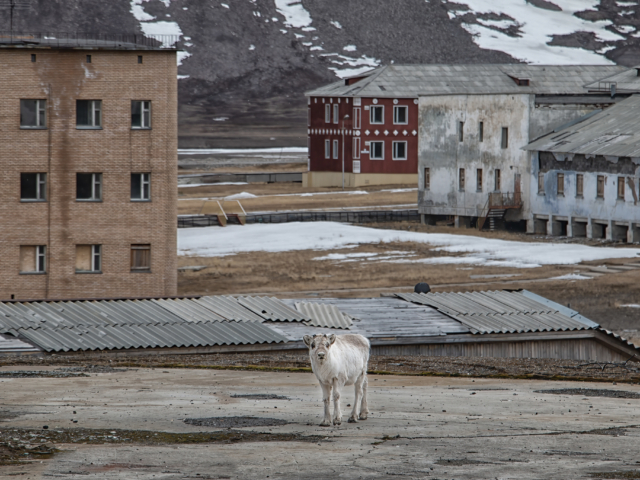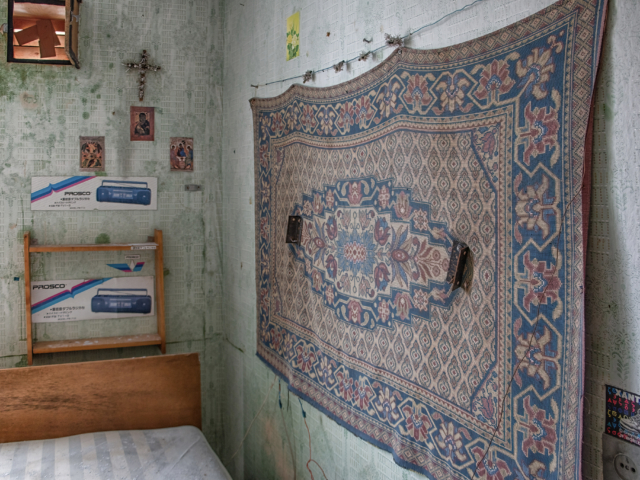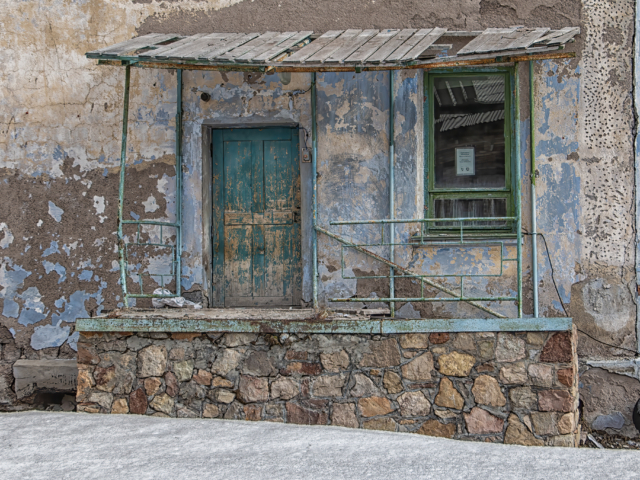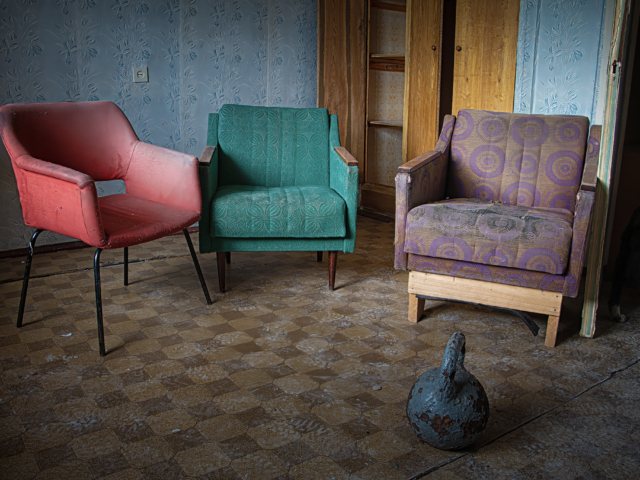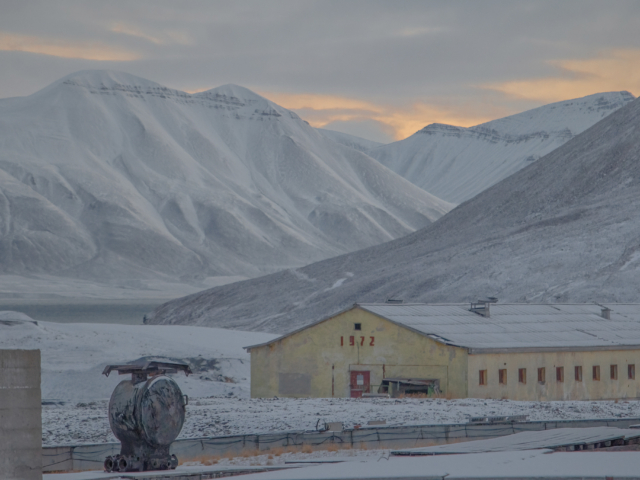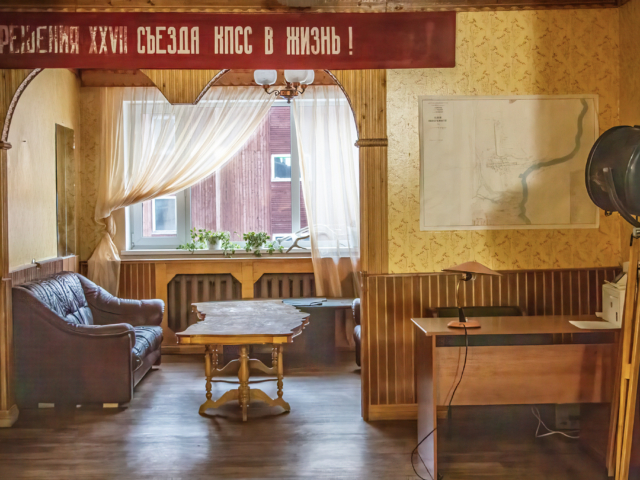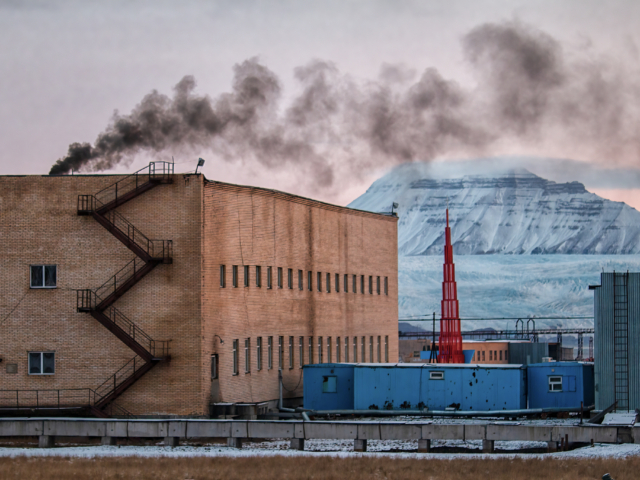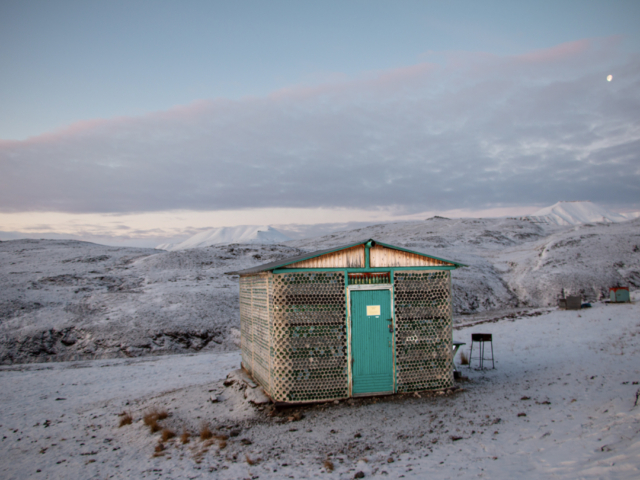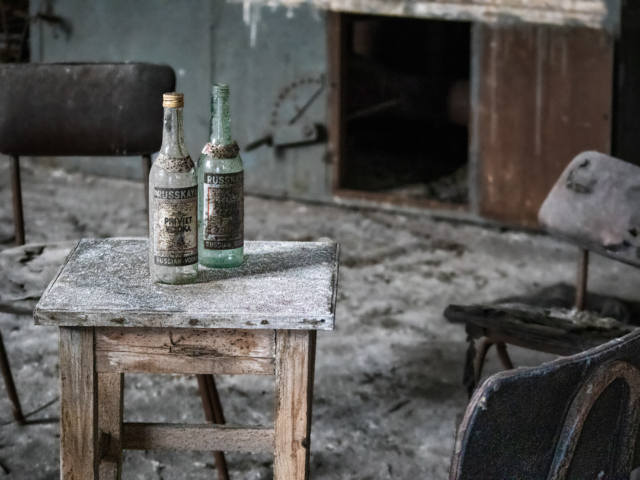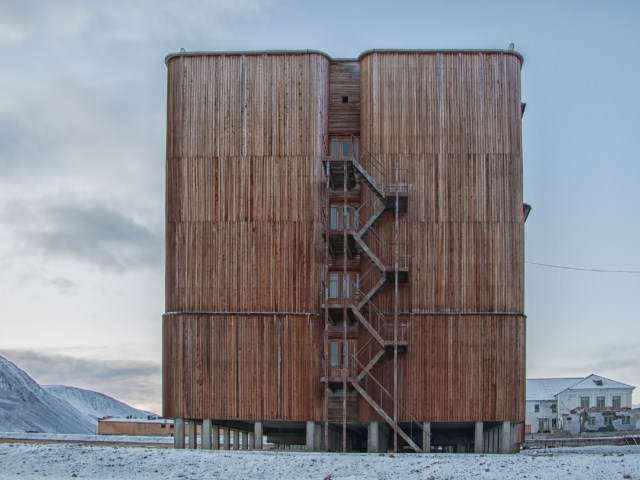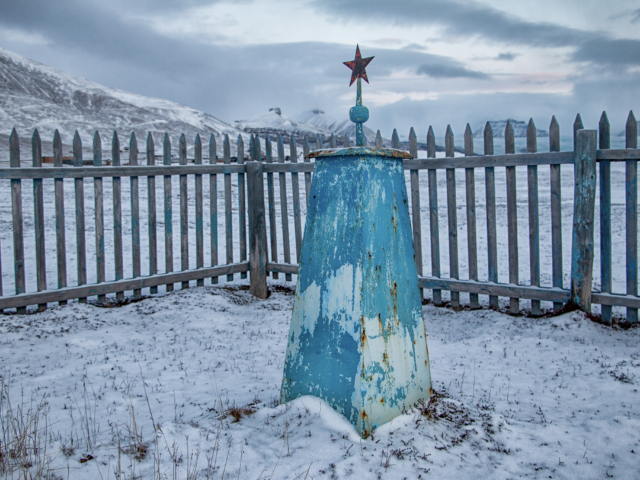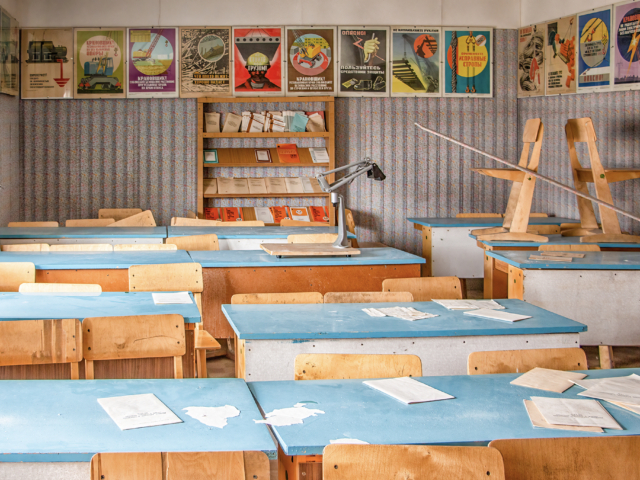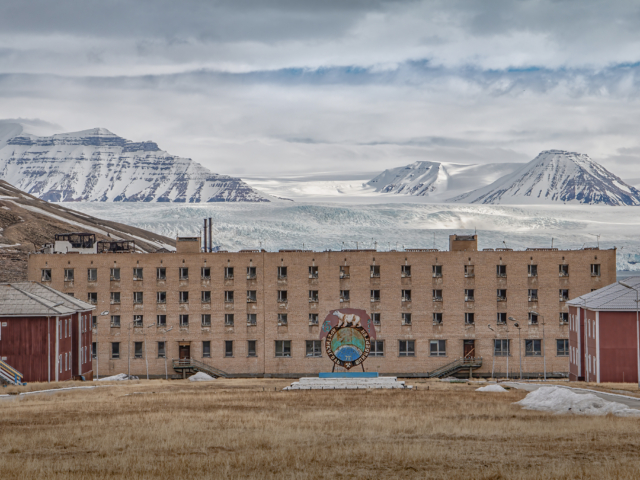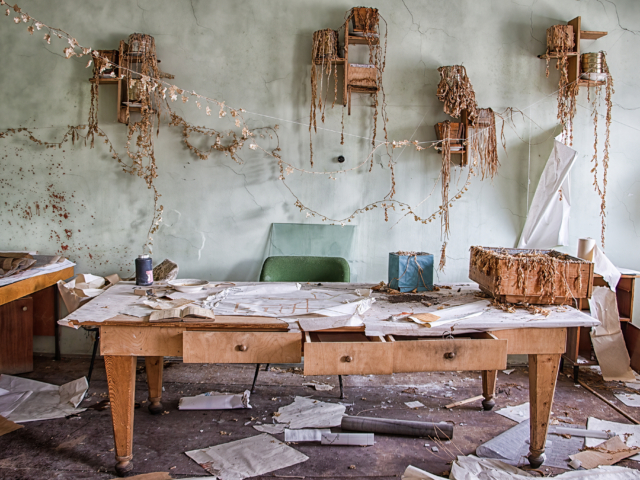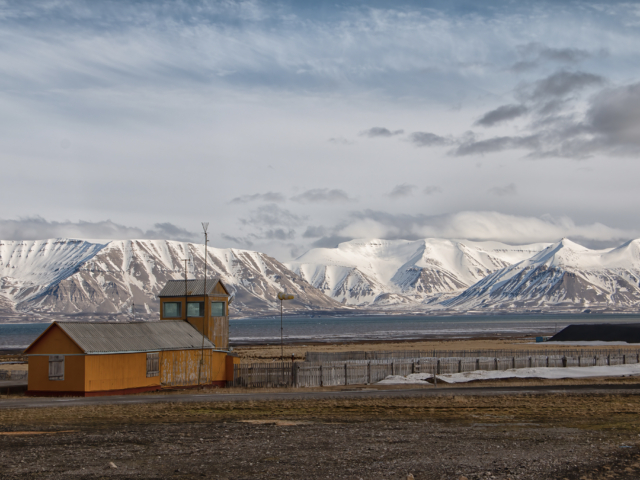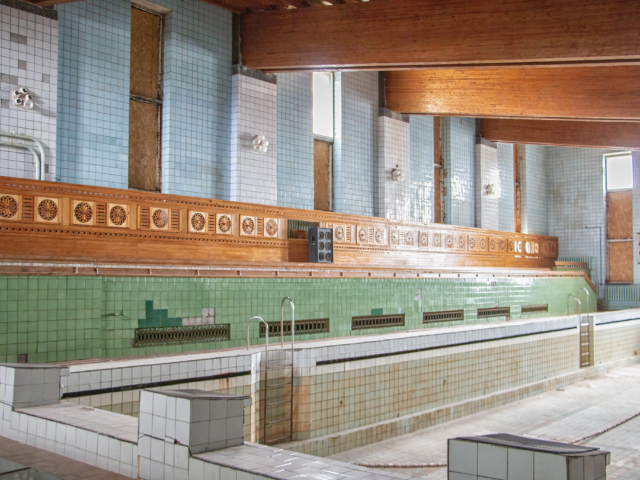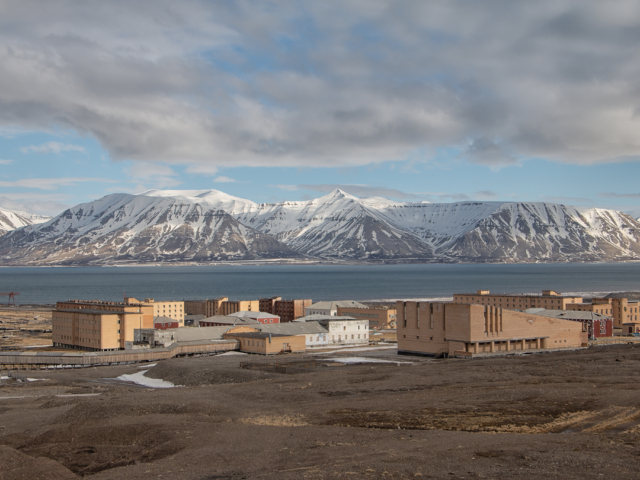We humans sometimes confront nature with the optimism to change it into a place we can thrive. Sometimes, we succeed. Sometimes we do not. Pyramiden is the story of that optimism, and its failure. In 1927 the Soviet Union bought Pyramiden from Sweden. It chose to turn this Arctic coal mine into a showplace city of Soviet technology and design.
In the 1980s 1,000 people lived and worked in Pyramiden. There was a greenhouse and farms to supply food for the inhabitants. Cows, pigs, and chickens were kept. Vegetables were grown in glass houses. There were schools, a cultural center with an Olympic size pool and a children’s pool. Ball courts, saunas, a movie theater with a large collection of films, a library and music rooms. Buildings were built to brutalist standards of beauty. It was the ideal Soviet town. People clamored to come to Pyramiden.
Things changed. Coal prices dropped, making it less viable to ship coal from the Arctic. The expense of Pyramiden seemed like a folly. Finally, the death blow came in 1996 when a plane carrying 141 residents crashed outside Longyearbyen. Everyone died. The tragedy broke the heart of Pyramiden.
The last coal was extracted in April 1998. The last resident left October 10. Everything that could not be packed in a suitcase was left behind. Cows and pigs were slaughtered. Furniture, books, pictures were left behind. The skeletons of plants still hang from the walls. Papers lay scattered by wind and curious visitors. Girlie pictures remain pasted in bachelor apartments while children’s drawings flutter against faded wallpaper in the family quarters. The most northern bust of Lenin looks out over a waving sea of Siberian grass cropped by reindeer. Arctic fox live under the buildings and polar bears wander the winter streets. It feels like a hundred years have gone by, not 24.
There are other abandoned settlements on Svalbard. But none like Pyramiden, where the past whispers in empty corridors, and the laughter of children can be heard on the Arctic wind.

